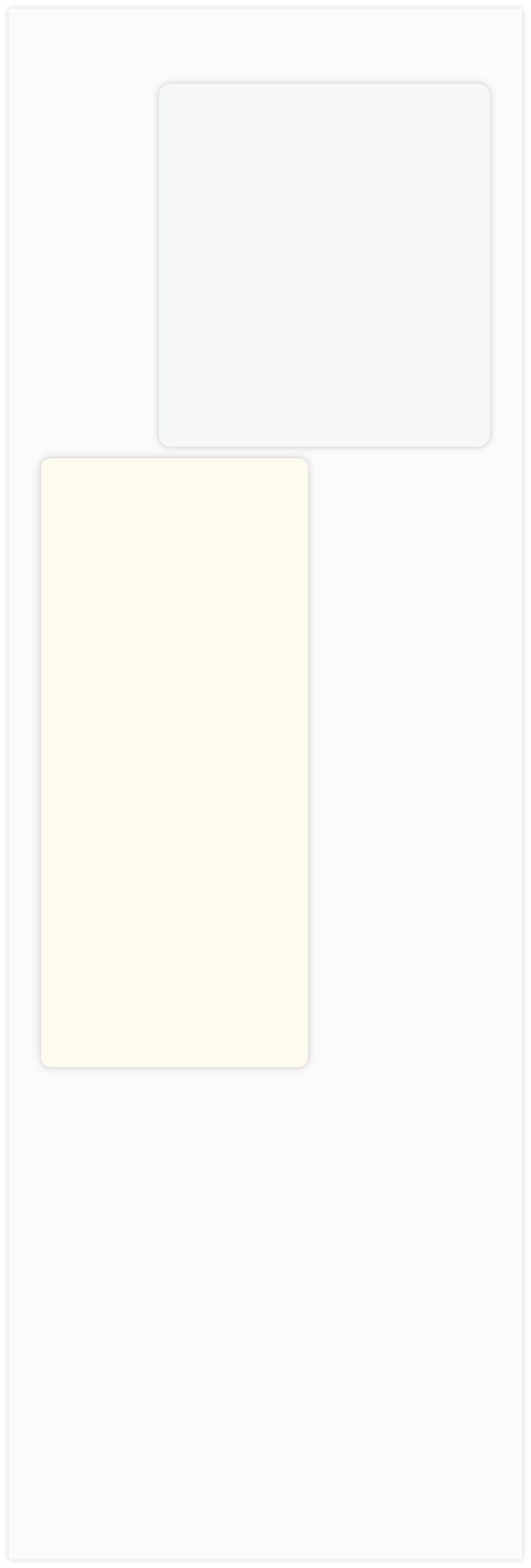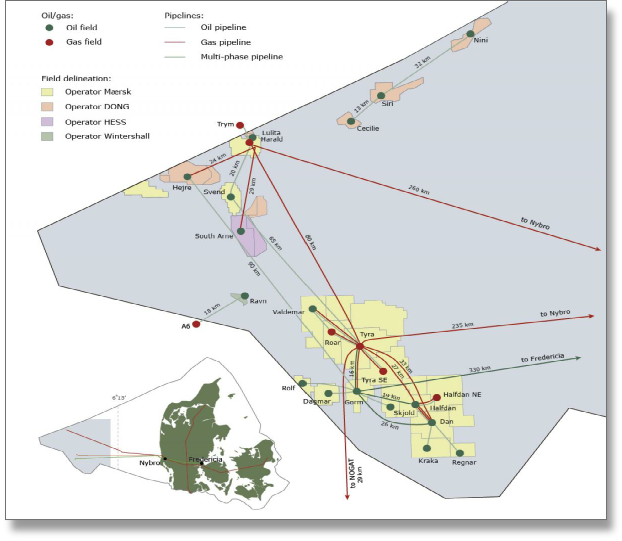
Some of the numbers presented in this website may not be the most recent available
Globalshift.co.uk - copyright © 2009 to 2025; All rights reserved


Brief history of the country
Denmark is part of Scandinavia. It lies south of Sweden and Norway in the Baltic and North Seas and has a land border on the south with Germany. The Kingdom of Denmark includes the Faroe Islands and Greenland.
Evidence for settlements date back 12,000 years with northern tribal people beginning to migrate to Denmark in 500 BC, later trading with the Roman Empire. Danish tribes emerged in the 3rd century and by 737 AD a kingdom had been established. Danish Vikings settled in England and France.
By the 10th century the country ruled large areas outside modern Denmark and began to trade with the Holy Roman Empire. In 1397 the Kalmar Union with Norway and Sweden was enacted. Dominated by Denmark, Sweden eventually seceded in 1523. Its power then steadily declined and it had to surrender much of its territory.
The union with Norway was dissolved by the Treaty of Kiel in 1814 and Denmark inherited a colonial empire. In 1864 it was forced to cede Schleswig and Holstein to Prussia and from then on pursued a policy of neutrality with an export-led agricultural economy, introducing social reforms in the early 20th Century that created the basis for the present welfare state.
The country was occupied by Germany during World War 2 but soon recovered and now has a highly developed mixed economy.
Oil and gas summary
Denmark consists of the peninsula of Jutland and 1,419 islands (>100 sq m). Of these 74 are inhabited, the largest being Zealand (where the capital is located), the North Jutlandic Island and Funen. The island of Bornholm lies to the east in the Baltic Sea.
The country is flat with an average relief of 31m. The highest natural point is Møllehøj at 171m. The terrain is rolling plains and the coastline is sandy. Once extensively forested, it is now largely arable land.
Production of oil from offshore waters of the Central North Sea began in 1972, followed by marketed gas production in 1984. Output peaked in the years 2004 and 2006 respectively and continued decline is forecast with new small field developments unable to offset depletion in old fields.
However, a number of small discoveries in the 2000s could lead to a modest recovery, especially as offshore gas infrastructure is improved. The Tyra field facilities, through which much of Denmark’s gas and significant volumes of oil are processed, have been redeveloped due to subsidence of the facilities over the Chalk reservoir.
A steep drop in output of oil and gas occurred from Tyra and its linked fields, all of which are already in decline but recovery is planned for when the new platforms are installed. Over the longer term recovery will be short-lived as there is a lack of new potential developments.
There is no onshore production in Denmark although the country may have shale gas potential.
Oil consumption has been declining since 1970 as a result of fuel substitution and conservation strategies. Meanwhile gas consumption has grown but is now flat as new means to generate electricity, especially wind, are being used.
Denmark became an oil exporter in 1998 but now needs to import oil and gas since 2016 and 2019 respectively.

DENMARK
Map and National Flag


COPENHAGEN
Frederick’s Church
Northwest Europe




Capital
Population
Land area (sq kms)
Oil prod (000s b/d)
Gas prod (bcm/yr)
Oil cons (000s b/d)
Gas cons (bcm/yr)
Copenhagen
5.5 mm
43,094
72
1.4
125
2.3
Government
Denmark is a constitutional monarchy with a representative parliamentary system. The Monarch retains executive power and presides over the Council of State but in practice is ceremonial only.
The Parliament is called the Folketing with 179 members elected every 4 years. Executive authority is exercised by the Prime Minister and cabinet ministers.
Denmark became a member of the European Economic Community (now the EU) in 1973 but retains its own currency.
The oil and gas industry is overseen by the Ministry of Energy, Utilities and Climate through the Danish Energy Authority (DEA) and Nordsøfonden, which has handled state participation since 2005.
The country has 2 major energy companies. The Maersk Group, established in 1904, includes an international E and P and a drilling company
Dong Energy, established in 2006 by the merger of 6 Danish energy companies, concentrates on renewables but also has many oil and gas activities.



DENMARK: OIL AND GAS FIELDS
Globalshift.co.uk (source: Danish Energy Agency )